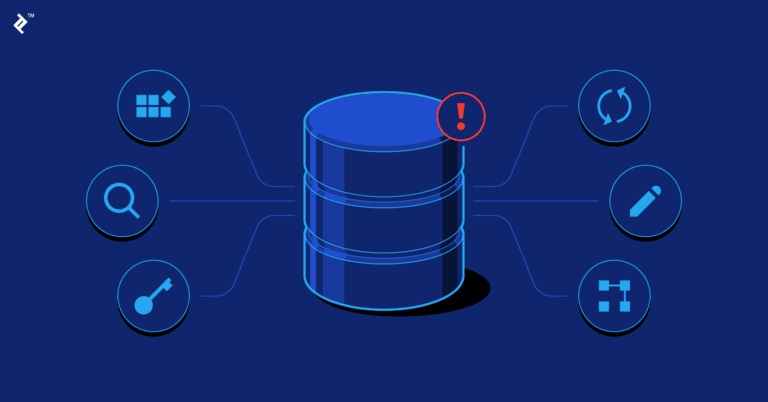
Today, I want to delve into a topic that is often overlooked but can significantly affect the success of SAP projects and data migration initiatives. It’s the issue of siloed workstreams within SAP projects and the lack of cross-functional discussions among these workstreams. While it may seem like a minor detail, its impact can be profound, especially as we approach the end of a project.
Imagine an SAP project as a complex puzzle. Each piece represents a different workstream, such as finance, HR, procurement, and data migration. When these workstreams function in isolation, they may excel within their specific domains, but the true value of SAP emerges when these pieces fit seamlessly together.
The Pitfall of Siloed Workstreams
Loss of Synergy:
Siloed workstreams often result in a loss of synergy. Without regular communication and collaboration, each workstream may develop solutions and processes that may not align with the overarching project goals. For example, the HR workstream might set up certain data fields differently than the finance workstream, causing conflicts later on.
Data Inconsistencies:
SAP Data Migration is a critical aspect of any implementation. When workstreams operate in isolation, they tend to define data requirements without considering the broader project. This can lead to data inconsistencies, making it challenging to ensure accurate data migration. For instance, the procurement team might define vendor codes differently from the finance team, leading to reconciliation nightmares.

Inefficient Issue Resolution:
As the project progresses, issues and challenges are bound to arise. When workstreams lack cross-functional discussions, issue resolution can become inefficient. For instance, if the finance team encounters a problem, they might not immediately realize that the HR team faced a similar issue and already found a solution. This can result in duplicated efforts and unnecessary delays.
The Acceleration Towards the End
As the project nears its completion, the consequences of siloed workstreams become even more pronounced. The urgency to meet deadlines and go-live dates intensifies, leaving little room for error. At this stage, problems that could have been addressed earlier may become critical roadblocks.
Consider a scenario where the data migration workstream discovers that certain data mappings don’t align with the business requirements. If cross-functional discussions had occurred earlier, this issue might have been resolved without causing last-minute panic.
The Importance of Collaboration
To mitigate these issues, it’s crucial to foster a culture of collaboration and open communication among SAP workstreams from the very beginning. Regular meetings, cross-functional workshops, and a shared understanding of the project’s overarching goals can make a significant difference.
By encouraging open dialogue, workstreams can identify potential conflicts early, align their processes, and ensure data consistency. This not only makes the project smoother but also enhances data quality and integrity, which is vital for the success of any SAP implementation.
In conclusion, the impact of siloed SAP workstreams and the lack of cross-functional discussions cannot be underestimated. It affects project efficiency, data migration, and, ultimately, the success of the entire SAP initiative. So, I leave you with this question: How have siloed workstreams impacted your SAP projects, and what strategies have you employed to overcome these challenges?
